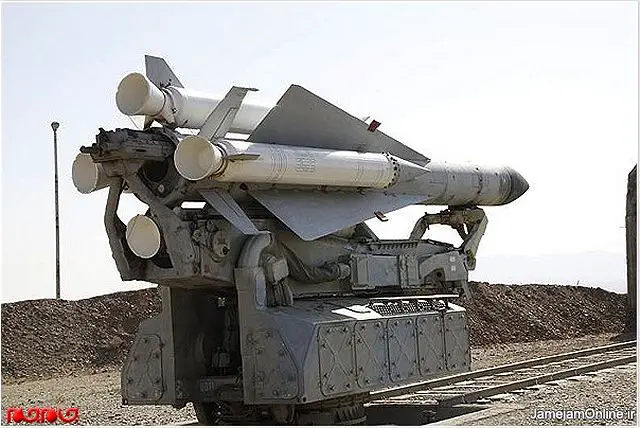| a | |||
Defense News - Iran |
|||
| |
|||
| Friday, September 7, 2012, 10:08 AM | |||
| Iran will use new type of missiles on the Russian-made S-200 ground-to-air defense system. | |||
Senior
Iranian air defense officials announced that they are mounting new types
of missiles on S-200
anti-aircraft missile system. Speaking to reporters on the
occasion of the National Day of Air Defense in Tehran , Commander of Khatam
ol-Anbia Air Defense Base Brigadier General Farzad Esmayeeli said that
Iran has optimized the capabilities of the Russian-made S-200 systems.
|
|||
"The system has been optimized in detection fields and electronic warfare," Esmayeeli said, adding, "Two new types of missiles will be mounted onto the system." In similar remarks in July 2011, Esmayeeli had announced that the country's experts have been able to optimize the Russian-made S-200 anti-aircraft missile system so well that the Iranian version of the system has stunned Russian experts. In November 2010, Iran successfully test-fired its sophisticated S-200 anti-aircraft missile systems. Iran's S-200 system is a very long range, medium-to-high altitude surface-to-air missile (SAM) system designed to defend large areas from bomber attack or other strategic aircrafts. Each battalion has 6 single-rail missile launchers and fire control radar. It can be linked to other, longer-range radar systems. Each missile is launched by 4 solid-fueled strap-on rocket boosters. Maximum range is between 200 and 350 km depending on the model. The missile uses radio illumination mid-course correction to fly towards the target with a terminal semi active radar homing phase. |
|||
Iran will use new type of missiles on the Russian-made S-200 ground-to-air defense system 0709121
- Posted On















